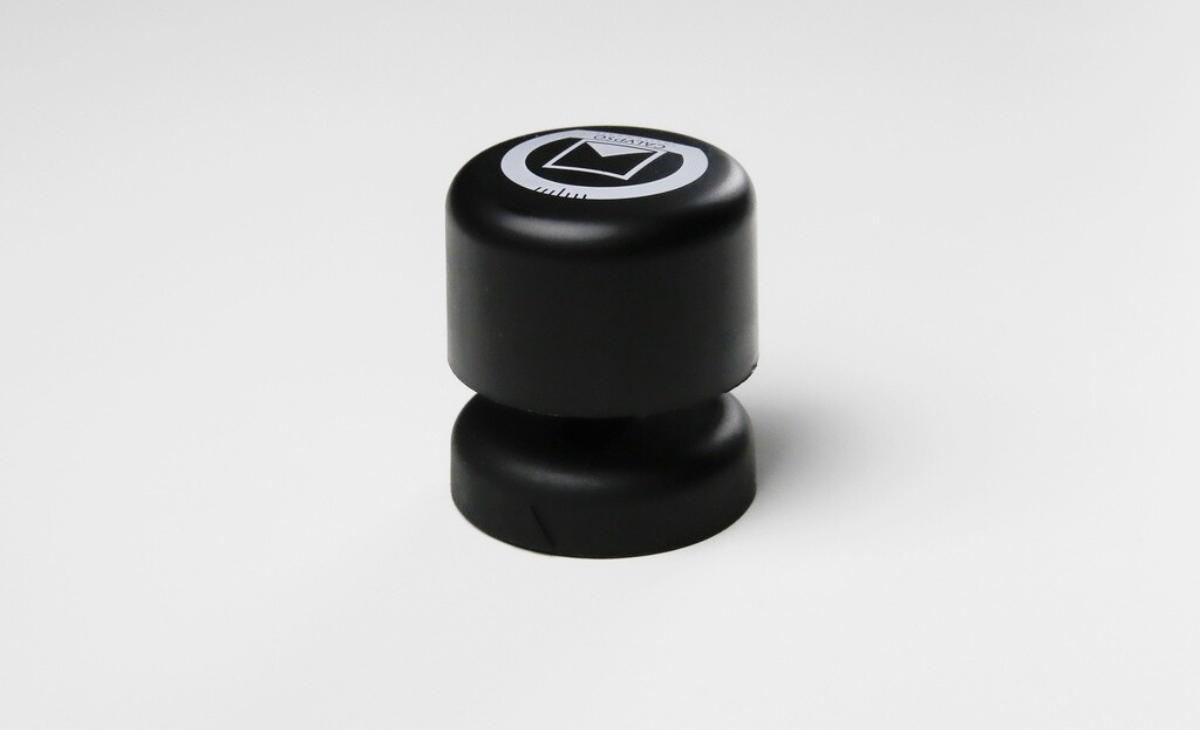Exploring diverse environments demands more than just adventure—it requires the right tools. A wind meter isn't just a device; it's a gateway to mastering the elements.
Here’s how to optimize your wind meter’s performance in various conditions:
Exploring diverse environments demands more than just adventure—it requires the right tools. A wind meter isn't just a device; it's a gateway to mastering the elements.
1. Understand Your Environment
Before relying on your wind meter, familiarize yourself with the specific characteristics of your environment:
Coastal Areas: Watch for sea breezes and changing wind patterns influenced by land and water interactions.
Mountainous Terrain: Expect variable winds due to elevation changes and topographical features.
Urban Settings: Navigate wind tunnels created by buildings and structures, affecting wind speed and direction.

2. Calibrate Regularly
Ensure your wind meter is properly calibrated to maintain accuracy:
Zero Calibration: Before each use, zero your wind meter in a wind-free environment to establish a baseline.
Field Calibration: Periodically check and adjust calibration settings based on environmental conditions and manufacturer recommendations.
3. Utilize Advanced Features
Take advantage of advanced features to enhance data interpretation and usability:
Bluetooth Connectivity: Sync with mobile apps for real-time data analysis and logging.
Data Logging: Capture and review historical wind data to identify trends and patterns over time.
Multiple Readings: Use average and peak wind readings for comprehensive wind analysis.
4. Adapt to Changing Conditions
Stay flexible and adjust your techniques based on changing environmental factors:
Wind Shifts: Monitor for sudden changes in wind direction and speed, especially during transitional weather conditions.
Temperature Effects: Understand how temperature variations influence wind behavior and adjust your strategy accordingly.

5. Maintenance and Care
Extend the lifespan of your wind meter with proper maintenance practices:
Cleaning: Regularly clean sensors and ensure no debris obstructs airflow for accurate readings.
Storage: Store your wind meter in a protective case away from extreme temperatures and moisture.
Our Choice: Ultrasonic Mini Wind Meter

Here are some reasons why this wind meter is a game changer:
Portability: Lightweight and compact design for easy carrying and use in any location.
Bluetooth Connectivity: Sync effortlessly with our Anemotracker app via Bluetooth to monitor real-time wind data directly on your smartphone.
Wireless Charging QI: Conveniently rechargeable on a wireless charging pad connected via USB power.
Durability: Built to withstand rugged outdoor conditions, ensuring reliability in the field